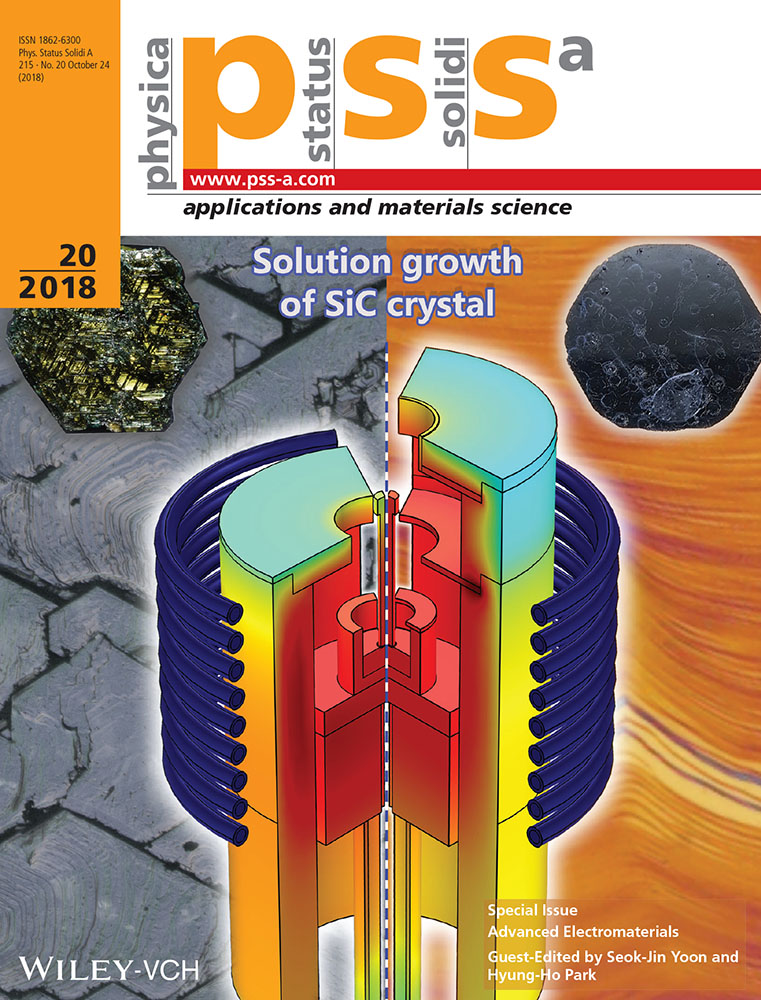Selective Detection of a Reducing Gas Using WO3-Decorated ZnO Nanorod-Based Sensor in the Presence of Oxidizing Gases
Abstract
In one of their recent works, the authors predicted that in a composite Schottky type junction sensor, if the work function of the decorating material is larger than that of the decorated material, the resulting sensor would show higher response to reducing gases as compared to oxidizing gases. They also proposed the hypothesis that the superior performance of the sensor fabricated from ZnO nanorod (NR) (a larger work function material) sensor decorated with n-CaO (a smaller work function material) as compared to the pristine ZnO NR sensor, can be attributed mainly to the former modulation effect, and not to the latter modulation. In this study, to verify this hypothesis, a chemiresistive sensor based on n-WO3 (a larger workfunction material) decorated on n-ZnO NRs (a smaller workfunction material) is fabricated and it is shown that the response of this sensor to a reducing gas such as CO is stronger than its response to oxidizing gases like O2, NO2, Cl2, SO2, and CO2. It is also shown that, of the two competing mechanisms in the operation of the sensor, namely, the modulation of the potential barrier height at the n–n heterojunction and the modulation of the conduction channel width, the superior performance of the WO3-decorated n-ZnO NR sensor as compared to the pristine ZnO NR sensor is mainly owing to the enhanced modulation of the potential barrier height.
Conflict of Interest
The authors declare no conflict of interest.




